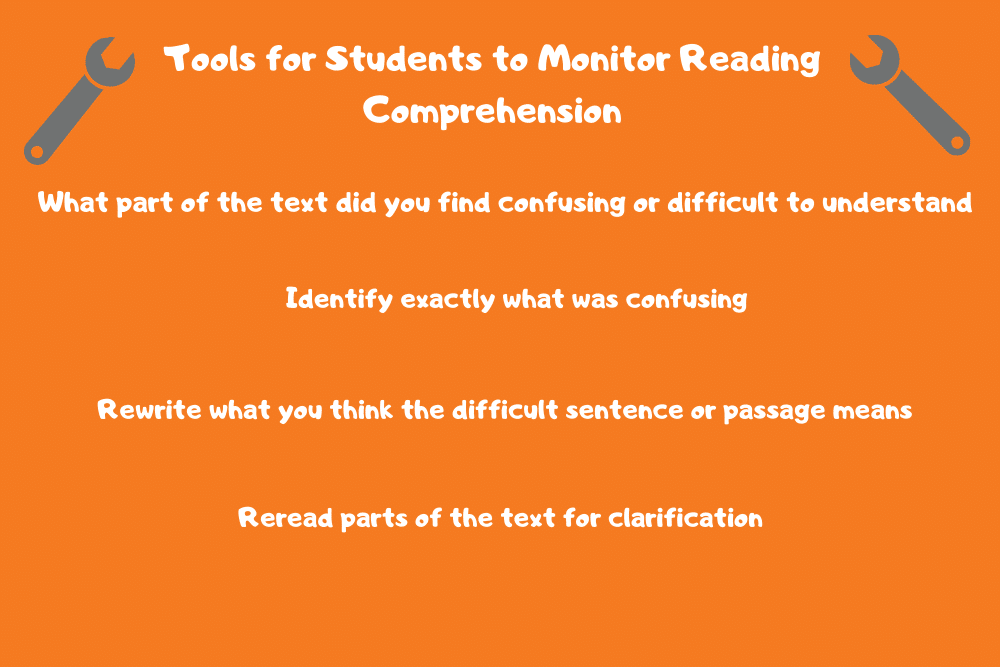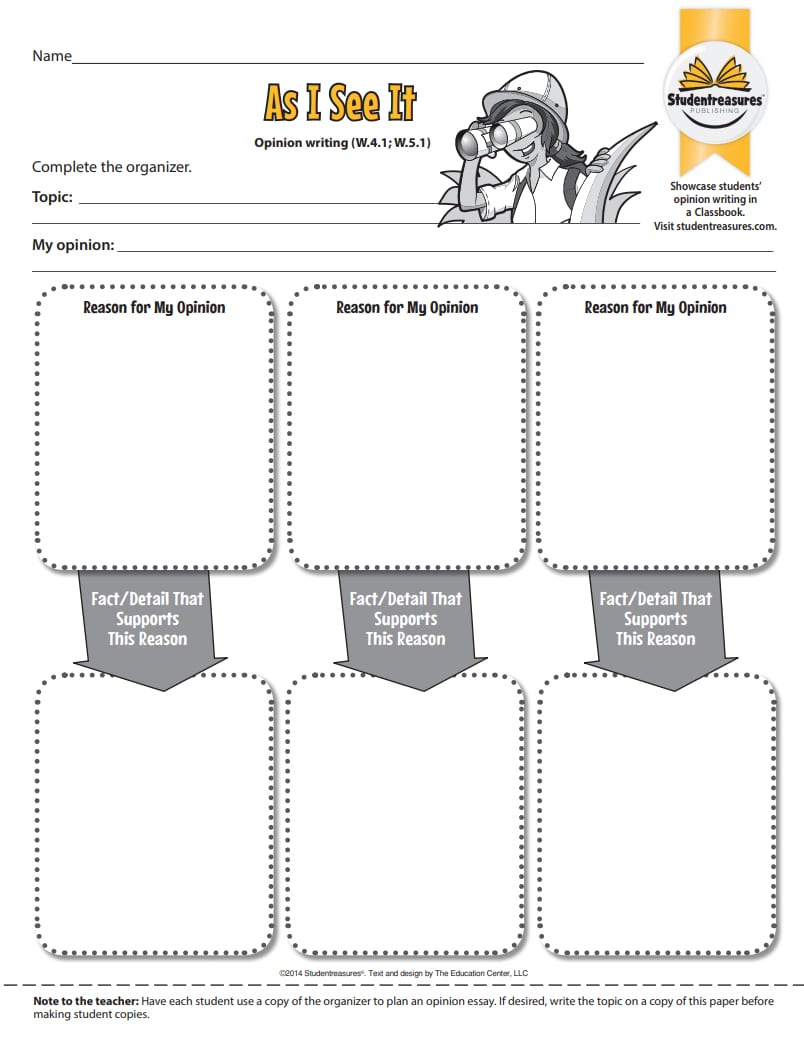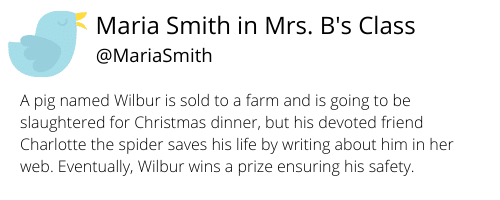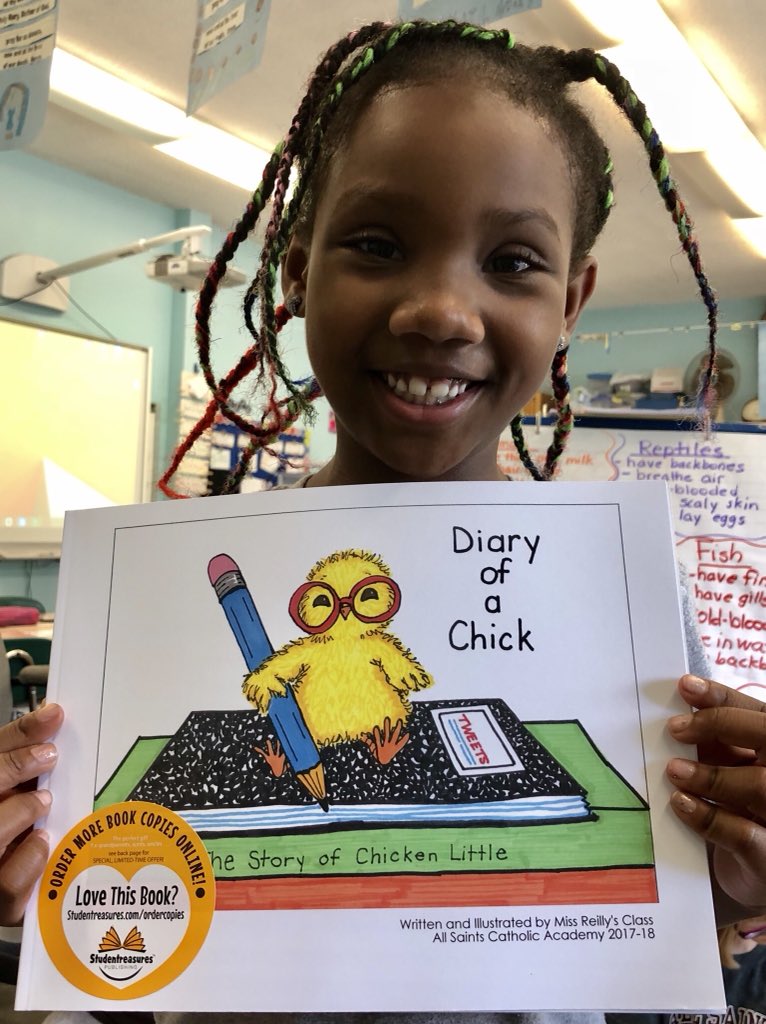Teachers Pay Teachers- First Grade Reading Comprehensino

For some students, reading comes equally naturally to them equally if they were built-in bookworms. For others, reading comprehension may not come and then easily. It's up to united states of america teachers to find a balance betwixt the two, challenging the more gifted readers in our classrooms to abound and aggrandize their horizons while helping your struggling readers flourish and grow aslope them.
Tabular array of Contents:
- Encourage openness
- Identify specific problem areas (and solutions)
- Utilize visual aids to assist them "see" structure and individual elements
- Have them summarize what they take read
- Compare and contrast to other assignments
- Practice what they've learned with a publishing project
The following strategies for instruction reading comprehension to elementary students tin can assist you maintain that balance by giving you opportunities to push your students creatively while yet giving them the support they need in lodge to get (and stay) motivated.
 Strategy #1: Encourage openness. Brand your classroom a rubber space for learning.
Strategy #1: Encourage openness. Brand your classroom a rubber space for learning.

The number one bulwark to improving reading comprehension is the fear of embarrassment. Many elementary students feel too shy or besides proud to acknowledge when they find something disruptive—particularly in front of their fellow students.
Encourage your students to ask questions and let them know that it'due south okay not to take all the answers. After all, as I similar to tell my students, it'southward the teacher'southward job to know and teach them the answers. If they already knew everything they needed to know when they walked into my classroom, I'd be out of a task!
Information technology may also help to connect with your students by relating a personal example of a fourth dimension you didn't understand something, and how request for help (or not asking when you needed to) impacted the outcome of the situation.
 Strategy #2: Identify specific problem areas (and solutions).
Strategy #2: Identify specific problem areas (and solutions).

Teaching reading comprehension tin be complicated considering information technology tin can't be evaluated in binary terms—that is, it's non a bailiwick students either "get" or "don't get."
One pupil may be a vocabulary whiz but find metaphors confusing, while another may find complex sentence structure much more hard than figurative language.
It'southward important for both y'all and your students that they provide you with specific feedback. If they say they don't understand, ask them to tell you what, exactly, they are having trouble with, whether it's a specific element (due east.g. a subplot they tin can't quite follow in a novel) or a particular sentence or paragraph.
You can besides have them "think about thinking" otherwise known as metacognition. Whether they realize it or not, skilful readers use metacognition to control and inform their reading.
Readers using metacognition volition often clarify their purpose for reading and preview the text. If you are teaching students who are just starting to become comfortable with reading, you will want to tell them why they are reading what you take assigned.
For example, if you assign a fable to read, tell them to determine the lesson that the character(southward) learned and how the character learned the lesson.
In addition to determining purpose and previewing the text, your students should brand a note of whatsoever comprehension problems they have and endeavour to resolve them.

In that location are a few tools that your students tin use to assist them independently monitor their reading comprehension as they motility through the text such as:
- What part of the text you found confusing or hard to sympathise i.e. the second sentence in the tertiary paragraph.
- Identify exactly what was confusing i.eastward. I don't understand what they mean by, "Distance makes the heart abound fonder."
- Rewrite what y'all think the difficult sentence or passage means in your own words i.e. "I think it means that the further yous are abroad from someone the more than you lot appreciate them because you miss them."
- Reread parts of the text for description i.east. "They are talking about the main grapheme'southward husband once again and I don't remember much about him. I demand to go back and reread the part where he was introduced."
Have note of patterns and work individually with students whenever possible to identify persistent problem areas and find the solutions that work all-time for them.
 Strategy #3: Employ visual aids to help them "see" structure and individual elements.
Strategy #3: Employ visual aids to help them "see" structure and individual elements.

Graphic organizers aren't just for brainstorming—they can also come in handy for reviewing a reading assignment. Particularly for simple students who may find edifice upward their reading comprehension a challenging process, rearranging the information presented in the text can assist them "see" and separate individual pieces of a literary puzzle.
For example, a main thought organizer can aid your students place the central bailiwick of a piece, while an opinion writing worksheet can help them understand both a persuasive essay's argument as well as how the author supports that argument with compelling evidence.

 Strategy #4: Take them summarize what they have read.
Strategy #4: Take them summarize what they have read.
Teaching your students how to accordingly summarize text tin be a scrap of a challenge especially if they haven't had a lot of exercise in the past. We have all had students who write way too much and students who write a single judgement. The trick here is to get them to decide what was important and to put information technology into their own words and then they tin better understand what they read. Summarizing helps students:
- Identify main ideas
- Intermission downward larger ideas
- Focus on merely the important details
- Remove unnecessary information
- Remember what they read and learned from their reading
There are tons of methods to teach summarizing. I take outlined two of my favorites below. You can utilise these independently but I highly encourage that you combine them so your students learn how to write curtailed and informative summaries.
The Classic: Five Westward's and One H
Who, what, when, where, why, and how. This is a tried and true way to ensure that your students include all of the necessary information in their summary in an organized mode.
The difference between using the five west's and one h to summarize as opposed to using them to create a new story is that you get out out the fluff.
For example, the "Who" when creating a story could be something like Molly with dark blonde hair, two cats and a turtle. The "Who" when summarizing would just be Molly - unless, of class, her cats and turtle become important in the story but for the sake of this example they are non.
The New Kid: Tweet a Summary

This is a play on a pedagogy strategy I came across recently with a bit of an update. The original thought came from Pat Widdowson of Surry County Schools.
She had her students to imagine they were placing a classified ad in the paper and every word used costs them money. She would then give them a upkeep of how much they could spend i.e. how many words they could use.
These days, it is extremely rare that people identify classified ads in the newspaper and your students may non have even seen a newspaper in real life. With that existence said, I decided to make this a niggling more than accessible for their digitally literate generation.
Take your students create a "tweet" using the five W's and one H that they determined earlier to summarize what they read.
They only have 280 characters (letters, punctuation, and spaces) to create their summary. They tin can do this on the computer and use a character counter to keep track of how much they can add or remove. This limitation volition help them farther edit their five Due west's and ane H so that just the necessary information is present. Here is an example beneath of a summary tweet for Charlotte's Web.
 Strategy #5: Compare and contrast to other assignments.
Strategy #5: Compare and contrast to other assignments.

But as the context of a sentence may aid analyze the meaning of a unmarried discussion, putting one piece of reading material in context with others you've previously covered tin help make that piece more meaningful. Reading, after all, doesn't occur in a vacuum!
Accept time to discuss with your students how, for instance, one persuasive essay may be more than effective than another, or what differences they can spot between the structure of a narrative piece and an informative one.
Sometimes, it might even be as simple equally talking about which reading assignments they liked best—and why. In addition to building reading comprehension, this exercise tin can likewise help you lot choose which assignments to keep and which demand to exist tweaked or switched out for next twelvemonth.
 Strategy #6: Exercise what they've learned with a publishing projection.
Strategy #6: Exercise what they've learned with a publishing projection.

Writing is good reading practice, and vice-versa. To actually dig into what they've learned and ensure they won't forget it anytime presently, at that place are few lesson plans more effective than a classbook publishing projection.
Base the topic of the project around something they read in class—they can write well-nigh how it made them feel, or create their own version using a similar construction or theme.
Include self-editing and peer-editing steps in the procedure with a focus on how to write more clearly and effectively for their second draft. One time their published books go far, celebrate their accomplishment! It's a peachy way to make reading and writing more fun and engaging while gently pushing your students' creative boundaries.

Education Reading Comprehension Takes Patience and Practice
If a affair is worth doing, it'south worth doing well, as the old saying goes. Reading comprehension may not come naturally to all of your students, but a little persistence and dust can go a long style. It takes patience—both on your part and on theirs. The key lies in providing your elementary students with a safe infinite in which to inquire questions, explore specific trouble areas, and review reading material by using graphic organizers and making connections. And, by creating and publishing a unique classbook project together, you lot'll be able to show them just how far they've come, and how much they have to be proud of.
For more creative pedagogy strategies and other free classroom resources, cheque out our online teacher's lounge and sign up today for your free publishing kit!

Updated: two/13/2020
Image sources: Atomic number 82 image via Shutterstock; Images 1, 2, 4 via OpenClipart.org, Prototype three via Studentreasures, Image 5 via Twitter: Miss Reilly'southward #proudauthor with her published grade book.
Source: https://studentreasures.com/blog/teaching-strategies/best-strategies-for-teaching-reading-comprehension-to-elementary-students/
0 Response to "Teachers Pay Teachers- First Grade Reading Comprehensino"
Post a Comment